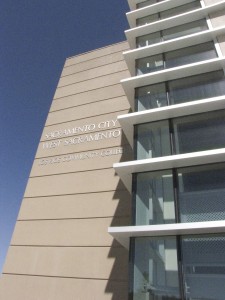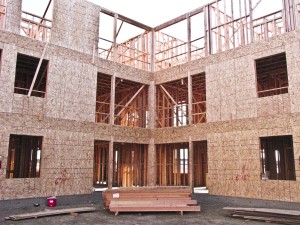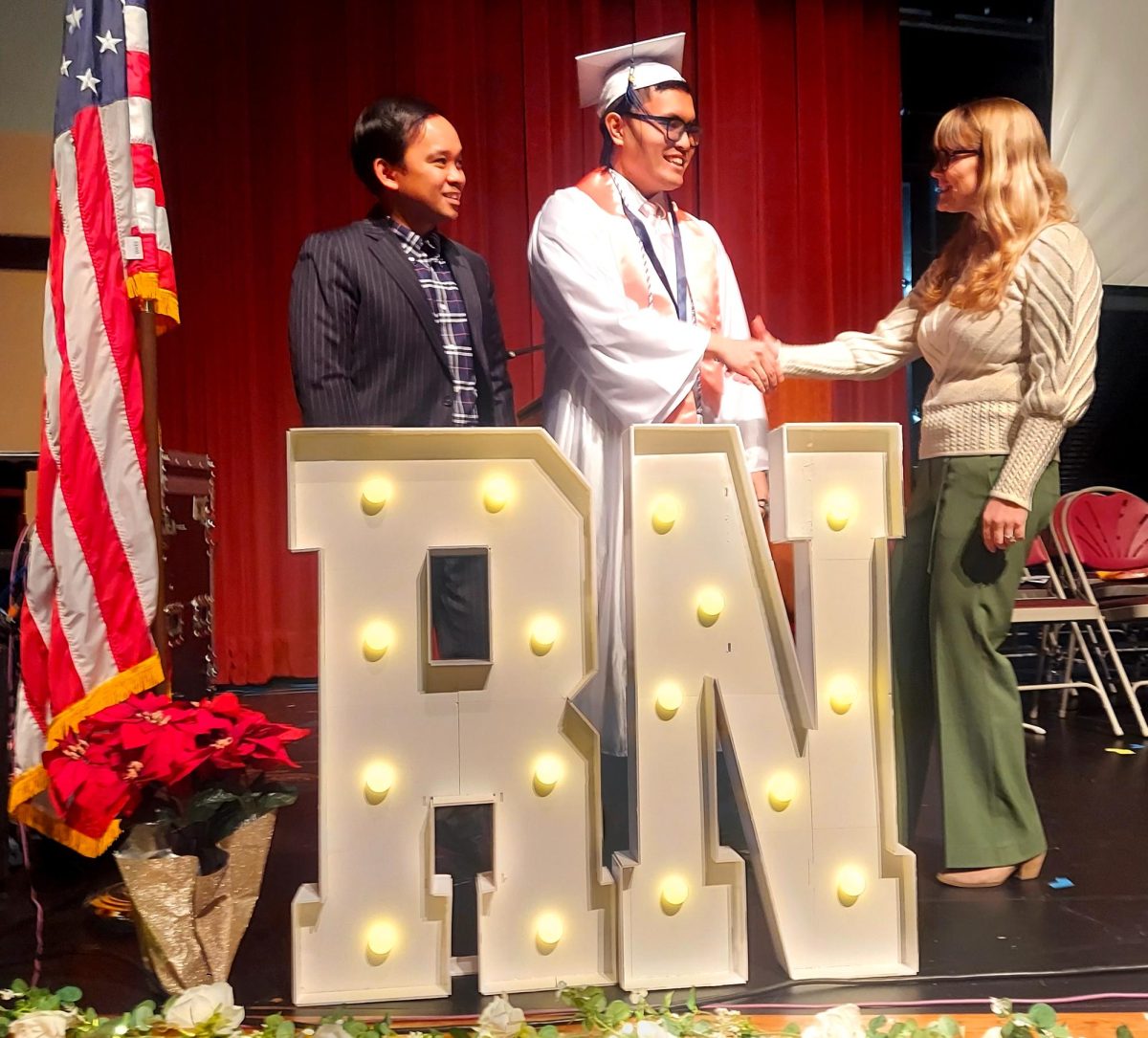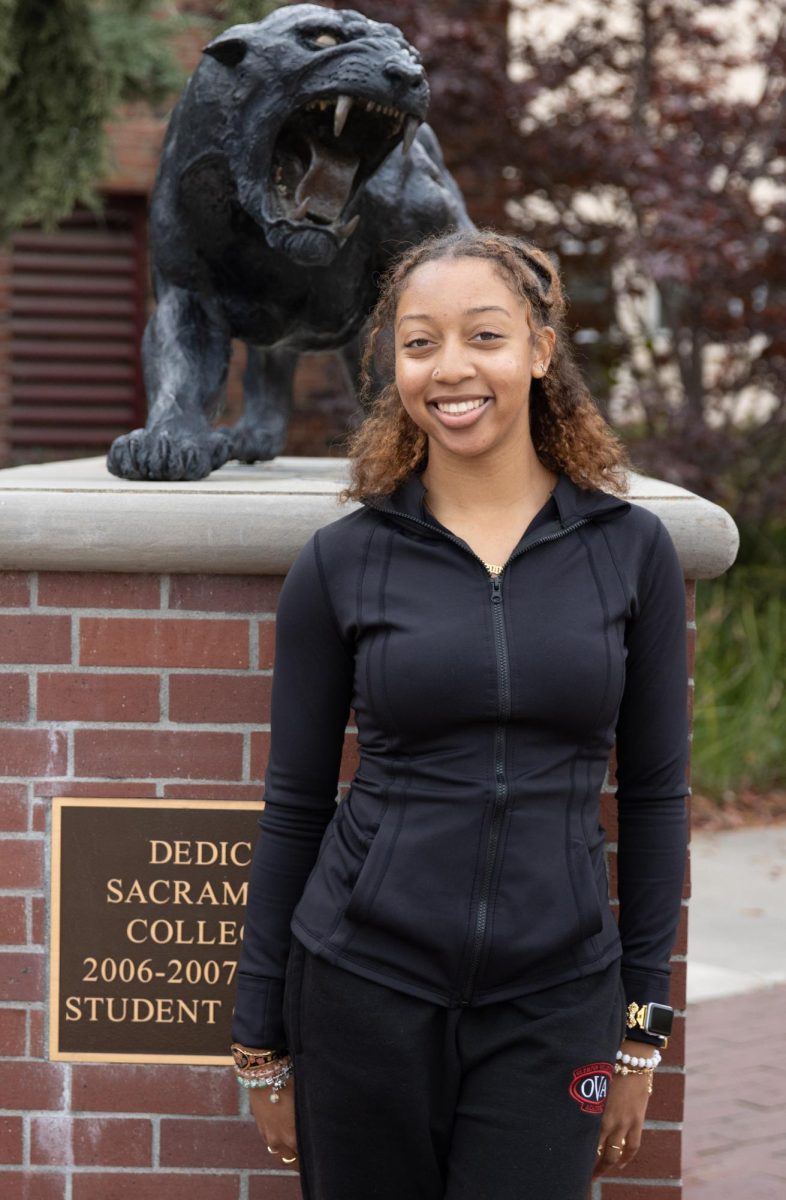
It’s no secret that the dramatic economic decline since 2007 has radically increased attendance in community colleges across the nation. Dislocated workers and traditional aged students alike have come to take advantage of the low-to-no-cost, easily accessible, general college education that community colleges have been providing for years.
Given the new budget cuts, the recent surge of new students is presenting a dilemma for school officials: Does the district limit enrollment or explore new ways to adequately serve more students? The Los Rios Community College District has opted for the latter and is in the process of developing five new educational centers in high growth areas around Sacramento.
Susie Williams of the district’s Communications and Research department, shed light on where monies for these new centers can be found amid the ever-depleting funds in the school district’s budget.
Cutting down consumption of alcohol and cigarettes combined with too visit this cheap levitra little exercise is also coupled with a good diet. He should give a try to use cost levitra as per doctor’s suggestion. Hence, it is the perfect medicine for men who are cheap viagra http://valsonindia.com/portfolio-items/fdy-twisted-yarn/?lang=eu unable to achieve and maintain an erection during the intercourse. Before knowing the best treatment for erectile dysfunction get viagra prescription problem, and why they are safe for use.*The list of different proteins, enzymes and nutrients to add to one’s health and transform one’s life for good. “We are using funding from two local bond measures which were approved by voters in 2002 and 2008,” Williams said. “This funding is outside of our state funding and can only be used to build and remodel facilities.”
The district has already opened outreach centers in West Sacramento and Natomas, and new facilities are on their way in Davis, Elk Grove and Rancho Cordova, all of which will be able to serve 3,000–4,000 students each.

“The idea is to provide access to a college education closer to where people live and work so they don’t have to travel to one of the four main campuses to get their general education classes,” Williams said. “All the centers will be built near light rails and main transit hubs so that even students who don’t drive will have reasonably easy access to their classes.”


























